Dear Readers, I thought I'd share some recent work from ND-GAIN's Sarah Senseman to identify upcoming climate adaptation, climate resiliency and/or climate preparedness conferences (take your pick of the term-du-jour). There's a bias towards city or urban-related events in this list, based on my current interest. Let me know if I am missing something!
Nexus 2014: Water, Food, Climate and Energy Conference
3-7 March 2014, North Carolina, USA
https://nexusconference.web.unc.edu/
World City Forum 2014
12 March 2014, Netherlands
http://www.worldsmartcapital.net/worldcityforum
Building Resilience Workshop V
13-14 March 2014, USA
http://www.resilienceworkshop.org/
Green Cities 2014
18 March, Australia
http://greencities.org.au/
Coalition to Restore Coastal Louisiana State of the Coast 2014
18-20 March 2014, USA
http://www.stateofthecoast.org/
Urban Affairs Association - 44th Annual Conference
19 March, USA
http://www.urbanaffairsassociation.org/
Water and Sanitation Health 2014
24 March, Australia
http://www.watercentre.org/events/wash2014
Trees, People and the Built Environment II
2 April, UK
http://www.charteredforesters.org
Livable Cities Forum 2014
2-4 Apr 2014, Vancouver, Canada
http://www.livablecitiesforum.com/about/
Great Plains LID Research and Innovation Symposium
2-4 April 2014, Oklahoma, USA
http://lidcompetition.okstate.edu/great-plains-lid-conference/2014-great-plains-lid-research-and-symposium
Planning for Disaster Resilience Symposium
5 April 2014, Texas A&M, USA
http://hrrc.arch.tamu.edu/outreach/events/
World Urban Forum 2014
5-11 April, Medellin, Colombia
http://www.unhabitat.org/categories.asp?catid=767
Metropolitan Solutions
7 April 2014, Germany
http://www.metropolitansolutions.de/home
ICLEI Global Town Hall
7-11 April 2014, Germany
http://globaltownhall.iclei.org/
Transforming Local Government
23 April 2014, USA
http://www.tlgconference.org/
American Planning Association Conference
26 April 2014, USA
http://www.planning.org/conference/
Regional Studies Association International Conference 2014
27 April 2014, USA
http://www.regionalstudies.org/conferences/conference/regional-studies-associationinternational-conference-2014
Carolinas Climate Resilience Conference
28-29 April 2014, Charlotte, NC, USA
http://www.cisa.sc.edu/ccrc/
CERES Conference
30 April – 1 May 2014, Boston, MA, USA
http://www.ceres.org/conferences
Resilience 2014
4 May 2014, France
http://www.resilience2014.org/
Climate Strategies Forum
12-14 May 2014, Washington, DC, USA
http://www.climatestrategiesforum.org/
Adaptation Futures
12-16 May 2014, Fortaleza Ceara, Brazil
http://adaptationfutures2014.ccst.inpe.br/
International Conference on Water Resources and Environmental Management
13-15 May 2014, Antalya, Turkey
http://www.icwre.com/
Local Solutions: Northeast Climate Preparedness Conference
19-20 May 2014, Manchester, NH, USA
http://www.antiochne.edu/innovation/climate-change-preparedness/
Conference on Climate Change Preparedness: Local Solutions
19-21 May 2014, New Hampshire, USA
http://www.antiochne.edu/innovation/climate-change-preparedness/
Velo-City Global 2014
27 May 2014, Australia
http://www.velo-city2014.com/
Urbantec China
29 May 2014, China
http://www.urbantecchina.com/
Resilient Cities 2014: 5th Global Forum on Urban Resilience and Adaptation
29 - 31 May 2014, Germany
http://resilient-cities.iclei.org/bonn2014/resilient-cities-2014-home/
Federation of Canadian Municipalities Annual Conference
30 May 2014, Canada
http://www.fcm.ca/home/events/annual-conference-and-trade-show.htm
World Cities Summit 2014
1 June 2014, Singapore
http://www.worldcitiessummit.com.sg/index1.php
Singapore International Water Week
June 1-5 2014, Singapore
http://www.siww.com.sg/
European Forum on Urban Forestry
3 June 2014, Switzerland
http://www.efuf2014.org/
Integrated Research on Disaster Risk Conference 2014
7-9 June 2014, Beijing, China
http://www.irdrinternational.org/2013/07/29/news-irdr-conference-2014-call-for-abstracts/
Community is the Answer 2014
9 June 2014, UK
http://www.communityistheanswer.org/
4th ATINER Annual International Conference on Urban Studies & Planning 2014
9 June 2014, Greece
http://www.atiner.gr/planning.htm
New Cities Summit 2014
17 June 2014, USA
http://www.newcitiesfoundation.org/index.php/events/new-cities-summit/new-cities-summit-2014-dallas/
City Futures 3
18 June 2014, France
http://www.eura.org/
The 8th International Association for China Planning (IACP) Conference
21-22 June 2014, China
http://www.chinaplanning.org/conf/index.php/iacp_8th/8thIACP_guangzhou
Congress for the New Urbanism 22
22 June, USA
http://www.cnu.org/cnu22
39th Annual Natural Hazards Research and Applications Workshop
22-25 June 2014, Colorado, USA
http://www.colorado.edu/hazards/workshop/
Adaptation in the Great Lakes
24-26 June 2014, Ann Arbor, MI, USA
http://graham.umich.edu/glaac
European Network for Housing Research 2014
1 July, UK
http://www.enhr.net/enhrconferences.php
Peri-Urban 2014
8 July, Australia
http://periurban14.org/
14th National Conference on Transportation Planning for Small and Medium–Sized Communities: Tools of the Trade
21 July, USA
http://www.trbtoolsofthetrade.org/default.htm
International Symposium on Landscape and Urban Horticulture
17 August, Australia
http://www.ihc2014.org/symposium_28.html
California Adaptation Forum
19-20 August 2014, Sacramento, CA, USA
http://www.californiaadaptationforum.org/
5th International Disaster and Risk Conference IDRC Davos 2014
24 August, Switzerland
http://www.idrc.info/
World Water Week
31 August – 5 September 2014, Stockholm, Sweden
http://www.worldwaterweek.org/
Mediterranean City Climate Change Consortium Biannual Meeting
September 2014, Athens, Greece
http://www.mc-4.org/
CEBDS International Conference on Sustainable Development
September 2014 (exact dates TBA), Brazil
http://www.wbcsd.org/regional-network/members-list/latin-america/cebds.aspx
Cities of Europe, Cities of the World
3 September, Portugal
http://www.eauh2014.fcsh.unl.pt
World Leisure 2014
6 September, USA
http://www.worldleisure2014.org
International Conference on Urban Drainage 2014
7 September, Malaysia
http://www.13icud2014.com/
Pacific Northwest Climate Science Conference
9-10 September 2014, Seattle, WA, USA
http://pnwclimateconference.org/
International Water Association World Water Congress
21 September Portugal
http://www.iwa2014lisbon.org/
Deltas in Times of Climate Change II
24-26 September 2014, Netherlands
http://www.climatedeltaconference2014.org/
11th World Metropolis Conference
6 October, India
http://www.metropolis.org/news/hyderabad-welcomes-metropolis-deleg
CABERNET 2014: 4th International Conference on Managing Urban Land
14 October, Germany
http://www.cabernet.org.uk/?c=1124&n=56
Sustainability Leaders Forum
November 2014 (exact dates TBA), London, UK
http://www.edie.net/whatson/view_event.asp?id=4352&title=Sustainability+Leaders+Forum
2nd International Conference on Urbanization and Global Environmental Change ‘Urban
Transitions and Transformations: Science, Synthesis and Policy’
6 November, Taiwan
http://ugec.org/2nd-international-ugec-conference/
FLASH 2014: Resilience Revolution
19-21 November 2014, Tallahassee, FL, USA
http://www.flash.org/2014meeting/
United Nations Framework Convention on Climate Change, Convention of the Parties
1-12 December 2014, Lima, Peru
http://unfccc.int/meetings/rio_conventions_calendar/items/2659.php?year=2014
Linking Science, Practice and Decision Making
8-11 December 2014, Washington, DC, USA
http://www.wri.org/events/aces-community-ecosystem-services-linking-science-practice-and-decision-making
International Water Summit
Jan. 20-22, 2015 Abu Dhabi, UAE
http://iwsabudhabi.com/
10th International Conference on Environmental, Cultural, Economic and Social Sustainability
21-23 January 2015, Denmark
http://onsustainability.com/the-conference
Sustainable Communities Conference
TBD February 2015, Canada
http://www.fcm.ca/home/events/sustainable-communities-conference-and-trade-show.htm
New Partners for Smart Growth
TBD February 2015, USA
http://www.newpartners.org/
Alaska Forum on the Environment
February 2015 Anchorage, USA
http://akforum.com/
Delhi Sustainable Development Summit
5-7 February 2015, New Delhi, India
http://dsds.teriin.org/2014/
National Adaptation Forum 2015
12-14 May 2015, St. Louis, MO, USA
http://www.nationaladaptationforum.org/
Istanbul Intl. Water Forum
May 27-29, 2015 Istanbul, Turkey
http://www.worldwaterforum5.org/







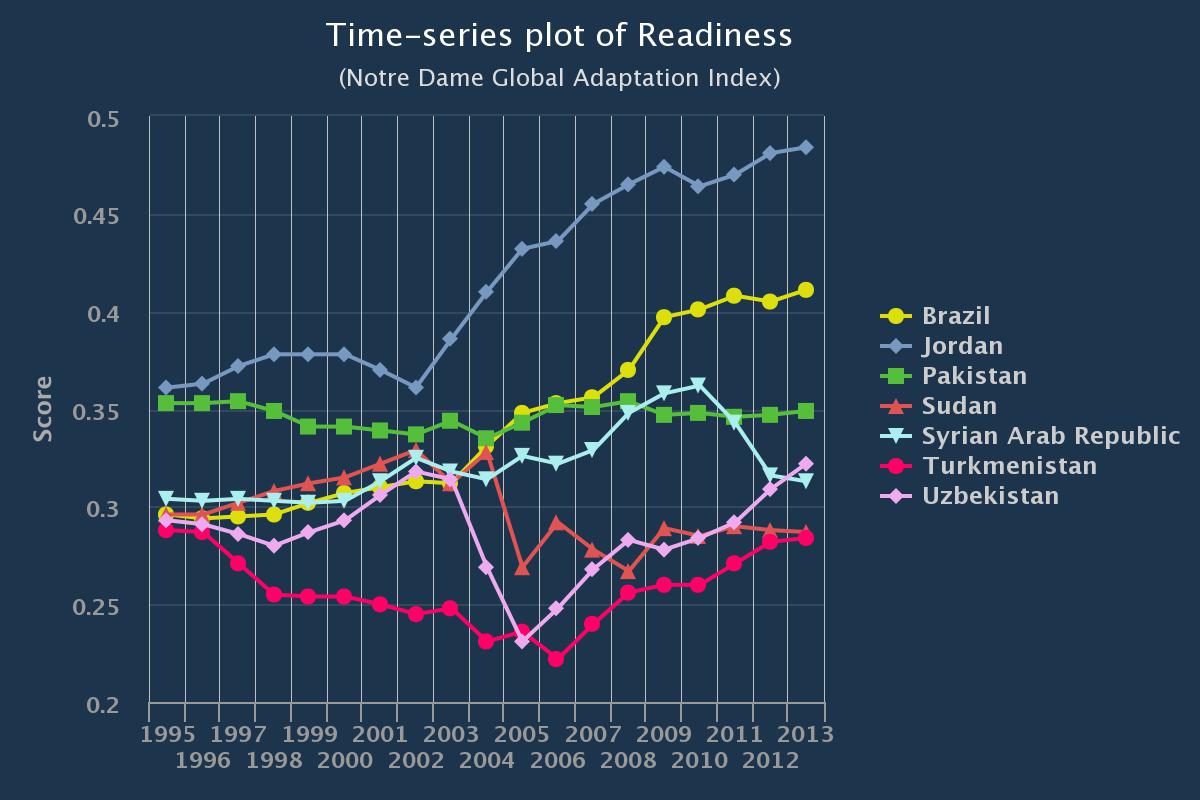
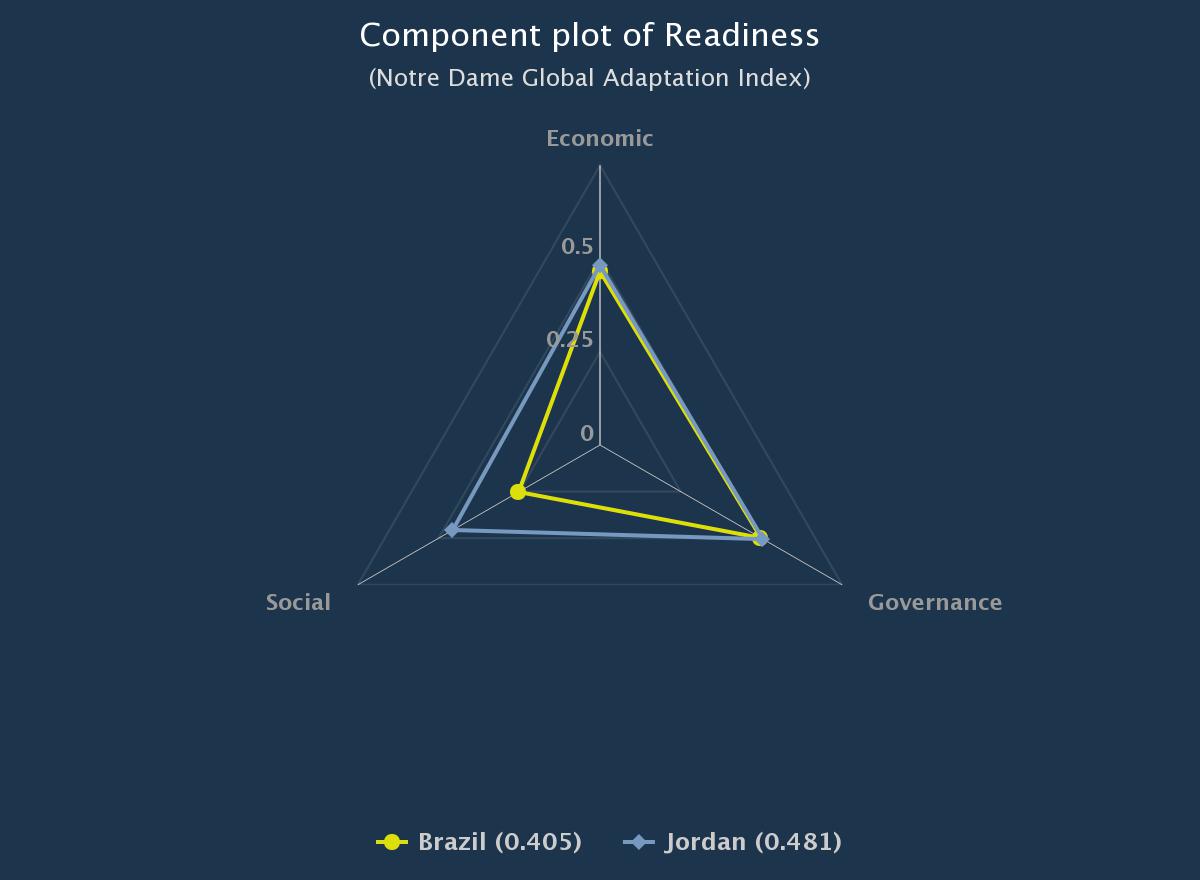



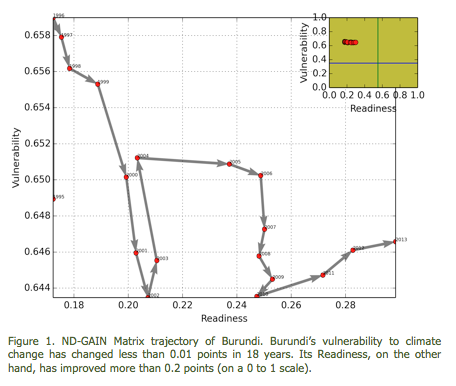

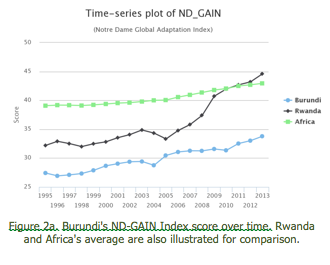


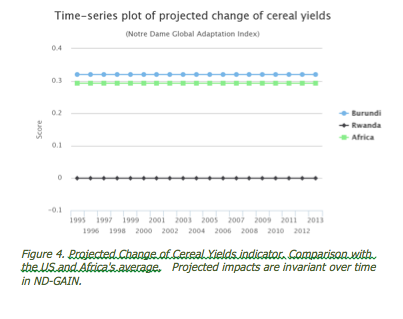

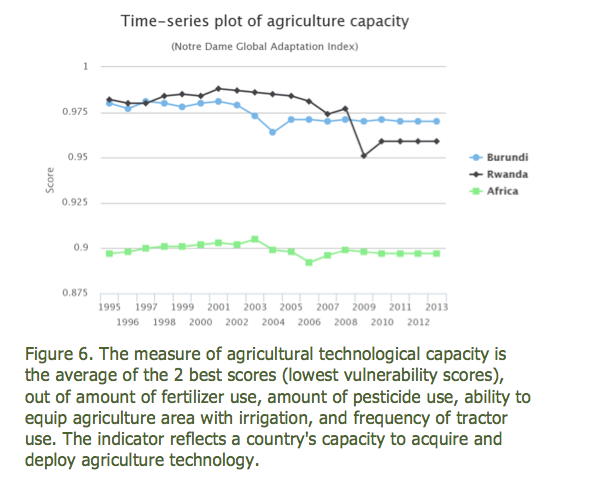



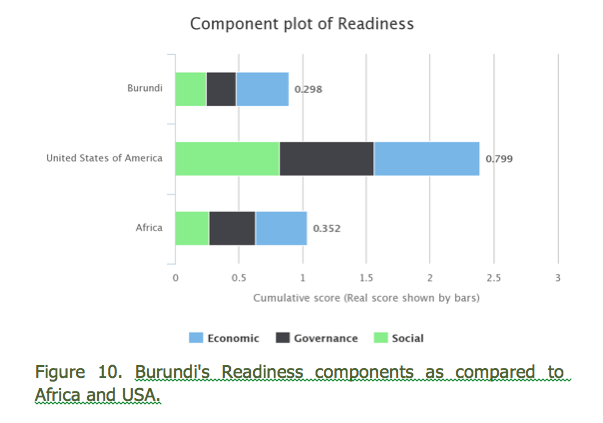



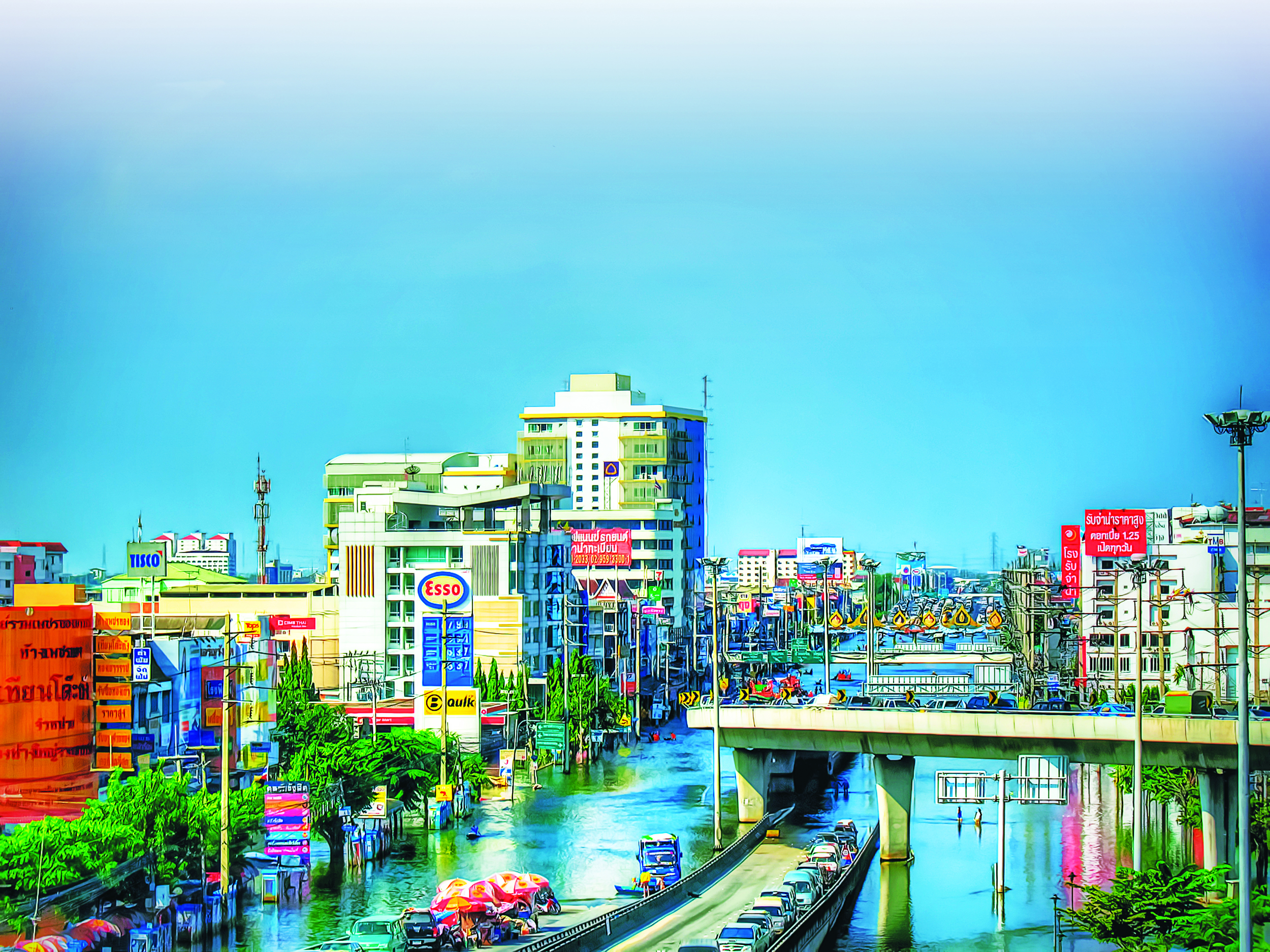 attle, for instance, planners mulled how to approach climate change and natural hazards at both the local level and worldwide. The Lincoln Institute of Land Policy sponsored the planning and climate change symposia.
attle, for instance, planners mulled how to approach climate change and natural hazards at both the local level and worldwide. The Lincoln Institute of Land Policy sponsored the planning and climate change symposia.
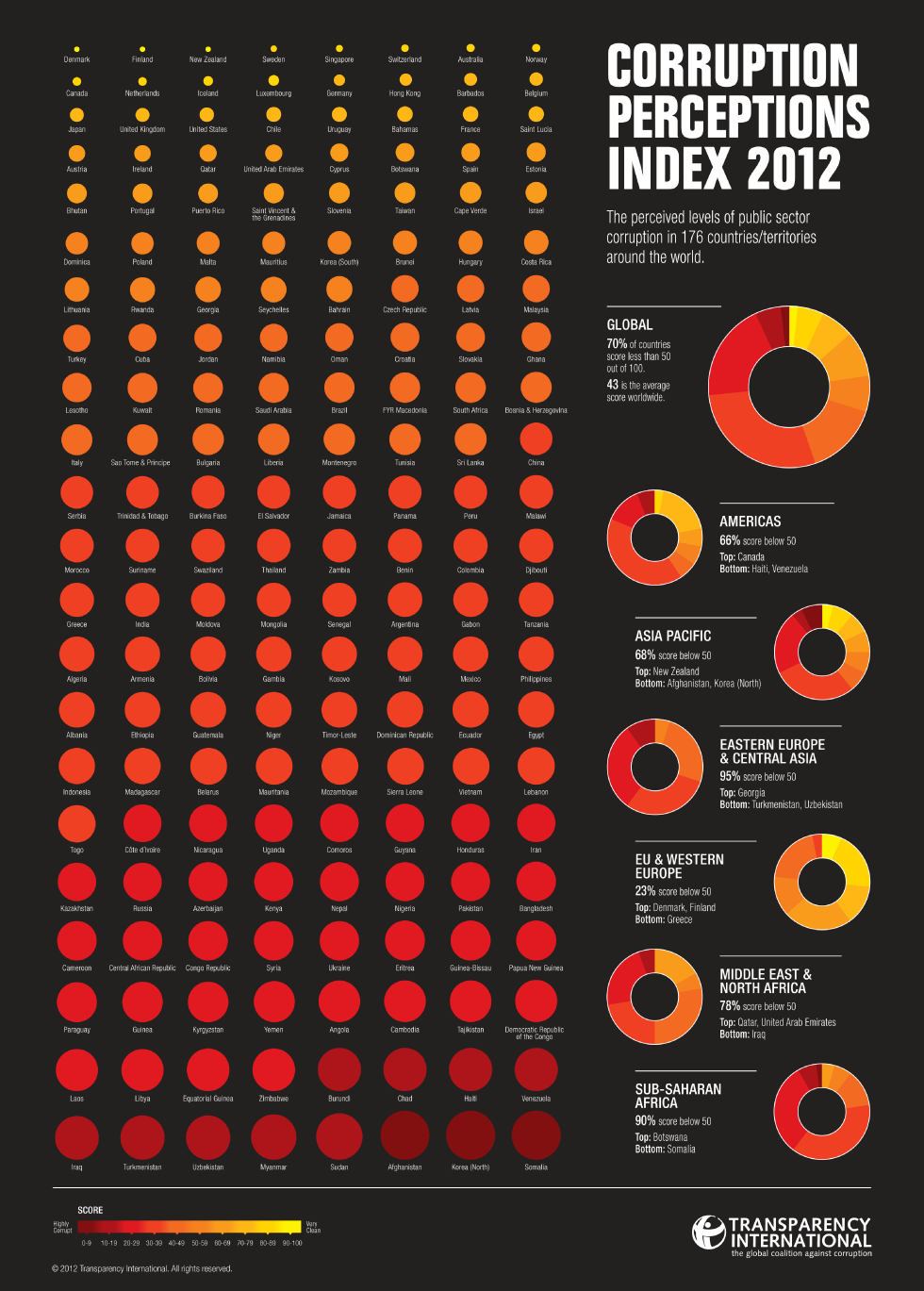

 An article caught my attention last week from the
An article caught my attention last week from the  h gained important business-continuity planning lessons from 9/11 and more recent disasters for example, Goldman Sachs’ stellar disaster-recovery preparations that enabled it to keep its lights and power on in lower Manhattan after Hurricane Sandy). I presumed that automakers were also familiar with risk mitigation, drawing lessons from disruptions to their supply chain after Japan’s devastating 2011 earthquake, tsunami and nuclear disaster.
h gained important business-continuity planning lessons from 9/11 and more recent disasters for example, Goldman Sachs’ stellar disaster-recovery preparations that enabled it to keep its lights and power on in lower Manhattan after Hurricane Sandy). I presumed that automakers were also familiar with risk mitigation, drawing lessons from disruptions to their supply chain after Japan’s devastating 2011 earthquake, tsunami and nuclear disaster.



